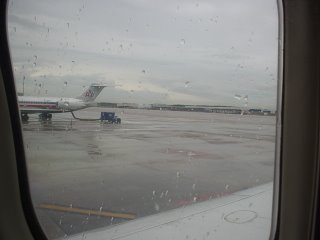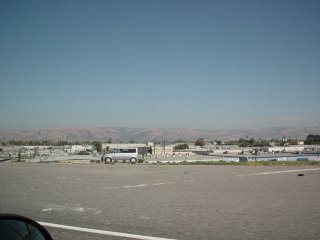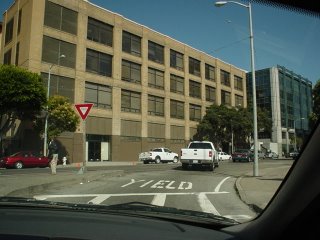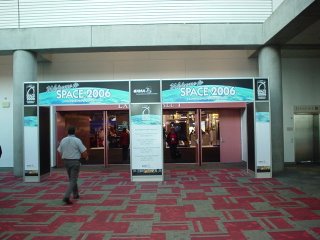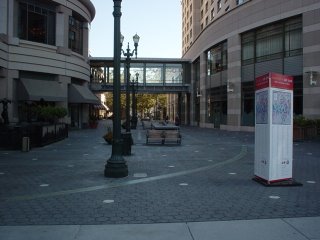Graduate Research
"Monetary costs are a leading barrier to commercialization and colonization of outer space. Launch costs are the first in a line of high-cost problems that make commercialization prohibitive. One of the factors that make launching costly is the weight of the vehicle, and the dry structural mass of a spacecraft can be as much as 20-25% of the total mass [need source]. Reducing the structural mass, while not decreasing strength or safety, would be a great aid in encouraging space commercialization" (Original Text).
"The extreme environment in space presents both a challenge and opportunity for material scientists. In the near-earth orbit, typical spacecraft encounter naturally occurring phenomena such as vacuum, thermal radiation, atomic oxygen, ionizing radiation, and plasma, along with factors such as micrometeoroids and human-made debris. For example, the International Space Station, during its 30-year life, will undergo about 175,000 thermal cycles from +125°C to –125°C as it moves in and out of the Earth’s shadow. Re-entry vehicles for Earth and Mars missions may encounter temperatures that exceed 1,500°C. Critical spacecraft missions, therefore, demand lightweight space structures with high pointing accuracy and dimensional stability in the presence of dynamic and thermal disturbances. Composite materials, with their high specific stiffness and low coefficient of thermal expansion (CTE), provide the necessary characteristics to produce lightweight and dimensionally stable structures. Therefore, both organic-matrix and metal-matrix composites (MMCs) have been developed for space applications.
While the desire for high-precision, dimensionally stable spacecraft structures has driven the development of MMCs, applications thus far have been limited by difficult fabrication processes. The first successful application of continuous-fiber reinforced MMC has been the application of B/Al tubular struts used as the frame and rib truss members in the mid-fuselage section, and as the landing gear drag link of the Space Shuttle Orbiter (Figure 1). Several hundred B/Al tube assemblies with titanium collars and end fittings were produced for each shuttle orbiter. In this application, the B/Al tubes provided 45% weight savings over the baseline aluminum design" (Link).
